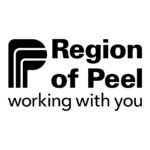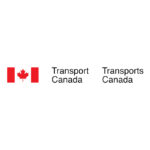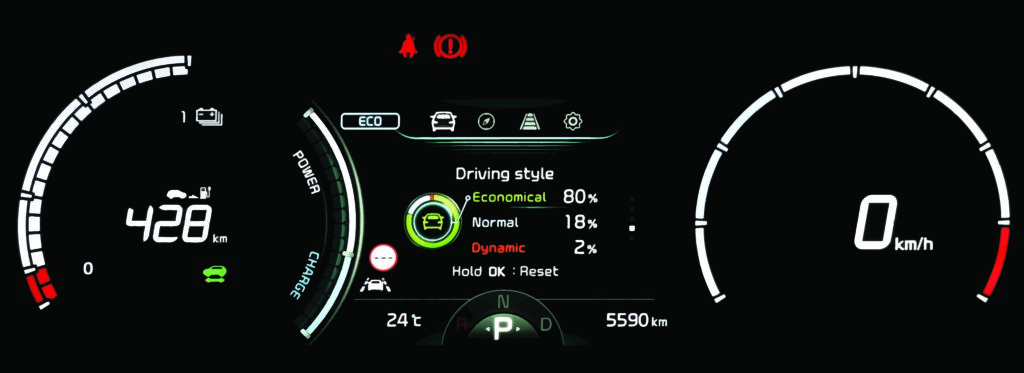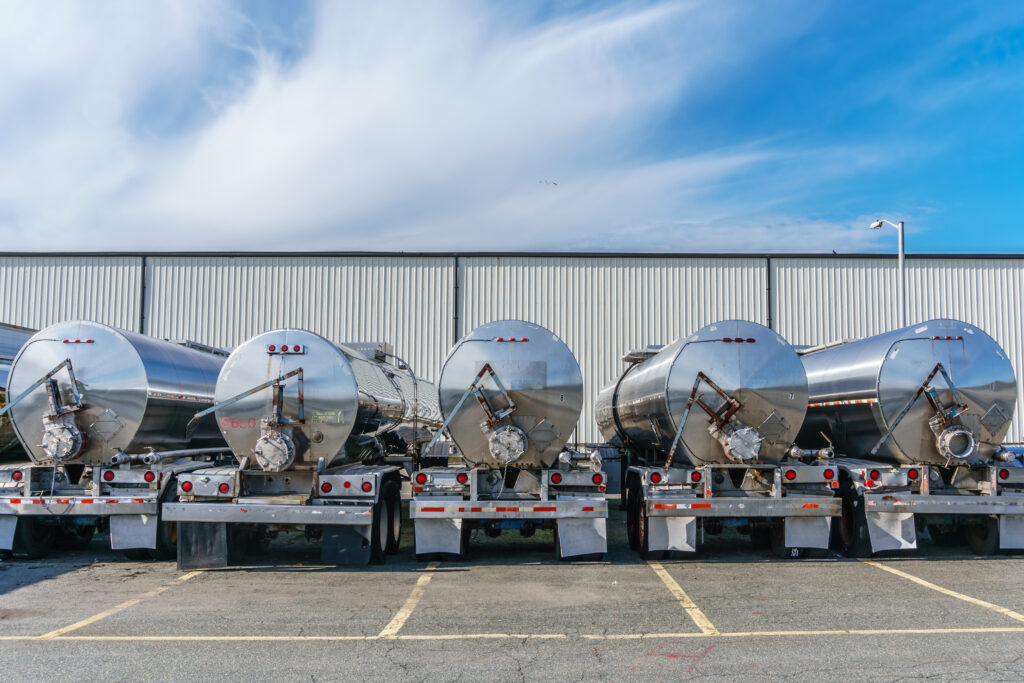Theme 4: Safety, Environment and Labour Force Dynamics
Theme 4: Safety, Environment and Labour Force Dynamics
The number of freight deliveries continues to grow, increasing the interactions between trucks and vulnerable road users, emissions, congestion and the burden on drivers. These projects use analysis, simulation and optimization to understand driver behaviour, develop solutions to mitigate unsafe behaviour, and to identify opportunities to improve parking supply and optimize traffic signalization. It also studies equity, diversity and inclusion in the logistics labour force dynamics and demographics.
Project Leaders

Dr. Peter Park
Associate ProfessorCivil Engineering, York University
Projects:
Project 4.2: Reducing Fatigue Collisions by Optimizing Long-Haul Truck Parking Supply
Project 4.4: Enhancing Freight Mobility and Safety with Managed-Lane Tactics

Dr. Birsen Donmez
Associate ProfessorMechanical & Industrial Engineering, University of Toronto
Projects:
Project 4.1: Safer Interactions Between Trucks & Vulnerable Road Users

Dr. Kevin Gingerich
Assistant ProfessorCivil Engineering, York University
Projects:
Project 4.5: Long-Combination Vehicle Corridor Traffic Signal Management

Dr. Elkafi HassiniProfessorDegroote School of Business, McMaster University
Projects:
Project 4.6 – Multi-modal Transportation of Hazardous Materials
Project 4.7: Labour Demographics & Dynamics

Dr. Marianne Hatzopoulou
Associate ProfessorCivil & Mineral Engineering, University of Toronto
Marianne Hatzopoulou is Professor in Civil and Mineral Engineering at the University of Toronto. She leads an active research group studying the interactions between transportation, air quality, climate change, and public health.
Projects:
Project 4.3: Truck Driving Safety and Eco-driving Scoring System

Dr. Mehdi Nourinejad
Assistant ProfessorCivil Engineering, York University
Projects:
Project 4.7: Labour Demographics & Dynamics

Dr. Manish Verma
Associate ProfessorDeGroote School of Business, McMaster University
Projects:
Project 4.6 – Multi-modal Transportation of Hazardous Materials
Partnered Organizations






Projects

Project 4.1: Safer Interactions Between Trucks & Vulnerable Road Users
Led by Dr. Birsen Donmez
University of Toronto
Research Plan: Vulnerable Road user (VRU) (e.g., pedestrian, cyclist) crashes and fatalities have risen across the country and in particular in the GTHA, even though Vision Zero programs (e.g., City of Toronto, 2017b) strive to eliminate traffic-related fatalities and serious injuries. This project uses driving simulators, at the University of Toronto (for testing) and CHET (for driver training), and eye-tracking technology to analyze driver behaviour and interactions with VRUs in complex urban environments. Donmez has a driving simulation laboratory at University of Toronto currently focusing on passenger vehicles. We are expanding this laboratory by acquiring a truck-simulator built for experimentation purposes (i.e., enables researchers to create test scenarios). In this simulator, we identify truck driver behaviors and vehicle designs (e.g., driver alerts) that may endanger or protect VRUs. We are also working with CHET to leverage their expertise, to get access to their employees and students to participate in our tests, and to improve their training programs regarding VRU safety considerations.
Project Goal: This project leads to understanding of and improvements to truck driving behaviour in urban areas and assess the benefits of different approaches to reduce VRU conflicts.

Project 4.2: Reducing Fatigue Collisions by Optimizing Long-Haul Truck Parking Supply
Led by Dr. Peter Park
York University
Research Plan: This project develops a parking classification scheme for long-haul trucking and identifies long-haul truck parking locations in the GTHA with the goal of reducing fatigue-related collisions. The project uses GPS data from the FDW and Geotab on the movement of commercial vehicles to identify parking locations used for long-haul trips to satisfy the requirement for long-haul truck drivers to have a daily break of at least two hours of consecutive rest time and a minimum daily break of eight consecutive hours of off-duty. Property parcel data from Teranet Enterprises Inc. is combined with GPS data to identify possible individual parking locations.
Project Goal: Analysis of GPS data provides a classification of truck parking facilities. (e.g., public rest areas and gas stations, authorized and unauthorized roadside parking, unauthorized parking on public or private property) and helps to identify the locations available for each classification in the GTHA, and the size and number of parking spaces available.

Project 4.3: Truck Driving Safety and Eco-driving Scoring System
Led by Dr. Marianne Hatzopoulou
University of Toronto
Research Plan: This project develops and implements new methods to a) rate safety events such as fast cornering, hard-braking, speeding, and fast accelerations, b) develops an eco-score that relates truck driving cycles to fuel consumption and emissions, with particular emphasis on high-emitting driving modes such as harsh accelerations, and c) develop relative scores that fairly reflect driving context and driver performance relative to drivers in the same context (urban vs. rural, road-way type, speed limit congestion level).
Project Goal: New driving safety and environmental scoring systems that capture the influence of truck driver behavior and driving context. These scores help improve driving behavior in terms of both safety and environmental friendliness.

Project 4.4: Enhancing Freight Mobility and Safety with Managed-Lane Tactics
Led by Dr. Peter Park
York University
Research Plan: Managed lanes, such as truck-only and truck-restricted lanes, have potential for improving mobility and the safety of goods movement. The project screens the GTHA network for the most promising corridors for managed-lane tactics. It develops macro-level freight models to forecast region-wide impacts, micro-simulation models to evaluate operational impacts, and vehicle conflict models to assess safety impacts. The project team has already obtained the Region of Peel’s macrolevel simulation model built using EMME. The model currently contains one base year model (2011) and two forecasted year models (2031 and 2041). The project team updates the base year to 2019 and uses this updated model to estimate the impact of managed lanes on targeted corridors. The project team has also obtained numerous Synchro files supplied by various municipalities in the GTHA. The Synchro files contain peak-hour traffic volumes and signal phase information for all signalized intersections on arterial roads in the GTHA. The project team develops a micro-simulation model to estimate travel time changes due to the implementation of managed lanes along key corridors in the GTHA. The project also estimates the impact of introducing managed lanes and/or truck signal priority.
Project Goal: Evidence-based guidance regarding the possible introduction of managed lanes and/or truck signal priority. Travel time change is the primary measure of performance and traffic conflicts is analyzed to assess the impact on mobility and safety.

Project 4.5: Long-Combination Vehicle Corridor Traffic Signal Management
Led by Dr. Kevin Gingerich
York University
Research Plan: Travel demand modelling tools are being used to evaluate the adequacy of the current Long-combination vehicle (LCV) road network to meet future demand. This project evaluates the current LCV network in Ontario and identifies other high priority corridors for LCV adoption. Truck pattern data is obtained from Geotab and the FDW (from Transport Canada). Business pattern data and economic data provided by Statistics Canada is used to determine likely routes for industries with high potential for LCV. Routes are evaluated with high-resolution traffic simulation models calibrated using Geotab and FDW telematics and engine data parameters such as signal stopping frequency, speed and acceleration. Geometric and operational strategies, such as truck signal priority, are tested to investigate potential enhancements to LCV corridors.
Project Goal: Desirable routes for LCV are identified to improve safety, mobility, and emissions for freight. These results is useful for MTO and Ontario regions/municipalities planning freight corridors such as the Region of Peel, The Regional Municipality of York and City of Toronto.

Project 4.6 – Multi-modal Transportation of Hazardous Materials
Led by Dr. Elkafi Hassini & Dr. Manish Verma
McMaster University
Research Plan: This project investigates design of rail-truck intermodal networks for freight including hazardous material (hazmat), and also develops optimization models to assess and manage impacts of terminal and road congestion, transportation resources, and delivery times on hazmat risk. Network design models are developed and tested, using information on the intermodal networks of Canadian National and Canadian Pacific Railways, and supplemented with commodity flow survey data made available through Statistics Canada and Transport Canada. Esri software is used to map the population centers, combined with a new measure to assess hazmat risk from congestion at both the fixed facility and along a transportation corridor.
Project Goal: Evidence to facilitate (or fine-tune) design of rail-truck intermodal network that is not only efficient, but one that also incorporates congestion-based hazmat risk in the entire network.

Project 4.7: Labour Demographics & Dynamics
Led by Dr. Elkafi Hassini & Dr. Mehdi Nourinejad
McMaster University & York University
Research Plan: This project investigates labour dynamics, including demographic trends, in freight transportation and logistics, impacts of automation and other new technologies on labour, and strategies for addressing labour shortages and lack of diversity in the freight and logistics labour force with a particular focus on barriers and challenges experienced by youth, females, and racialized minorities. The research includes a literature review, interviews with industry analysts, analysis of labour force statistics from Statistics Canada and other sources, and review of existing and potential private and public sector policies in Canada and the rest of the world. It involves workshops with key industry and government stakeholders, including all of our project partners. The analysis investigates automation in other sectors to draw insights on automation impacts on the freight industry. This project draws on findings from other projects that involve surveys, including socio-demographic questions, on shipping and truck driving behaviour, and truck driving performance.
Project Goal: Analytics models for labour dynamics and other impacts of automation in the freight sector. Evidence-driven policy guidelines on best practices in the freight sector that helps government and business decision makers in improving the social welfare of urban communities.
